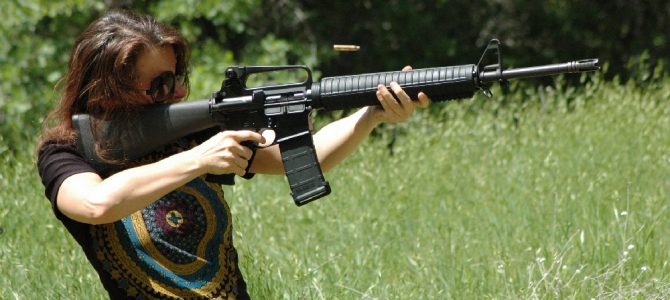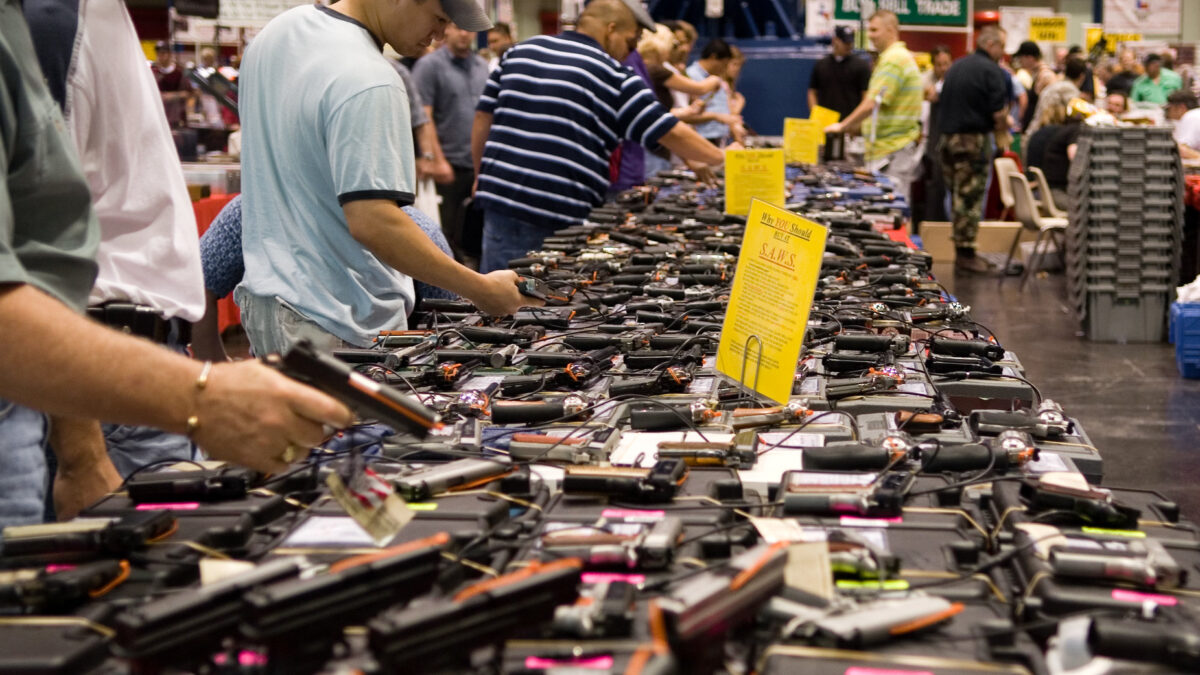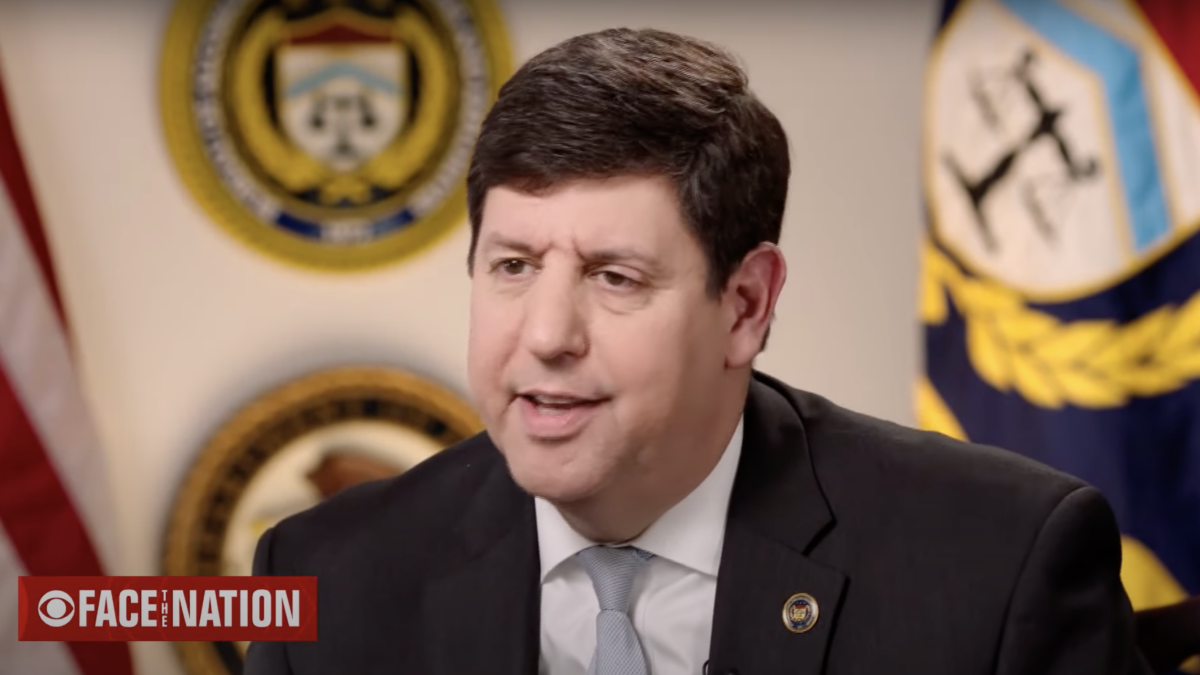
In February, the Fourth Circuit upheld Maryland’s ban on so-called “assault weapons” in Kolbe v. Hogan. The law targeted firearms by name and by reference to cosmetic features (pistol grips, flash suppressors, etc.), and the ability to accept magazines that hold more than 10 cartridges. The broad proscription outlawed many of America’s most popular sporting arms, including AR-pattern rifles.
While few were surprised the Fourth Circuit upheld Maryland’s desire to restrict its citizens’ right to bear arms, it chose to do so by ignoring Supreme Court precedent. The 2008 case of DC v. Heller held that weapons “in common use at the time for lawful purposes” were protected by the Second Amendment.
Instead of following clear guidance protecting the common and wildly popular firearms encompassed in Maryland’s ban, the Fourth Circuit found the weapons unprotected, despite their common and lawful use, because of cosmetic similarity to military rifles. The Fourth Circuit’s wild departure in Kolbe may be what finally forces the Supreme Court to rule on state “assault weapon” regulations once and for all.
The Ruling Was So Bad It Could Prompt Redress
The Supreme Court has refused to hear “assault weapon” cases in the past. However, previous cases were lower profile and the result of narrow readings, not the backwards interpretation exhibited in Kolbe. In its bravado, the Fourth Circuit may have crossed a bridge too far, sparking national debate and possibly forcing the issue to finally make it to the Supreme Court.
The Kolbe court justified their holding through a misplaced reliance on Heller’s discussion of weapons not protected by the Second Amendment: “dangerous and unusual weapons” and those “most useful in military service – M-16 rifles and the like.” This reliance was completely out of context, most obviously because the M-16 and its stablemates are machine guns, not in common lawful use by civilians anywhere. This is a far cry from the pedestrian semi-automatic weapons Maryland actually targeted.
Kolbe reaching the Supreme Court would be the point of no return for “assault weapons” bans in the United States. The court would have to decide whether to follow their own standard and protect those weapons “in common use” for lawful purposes, or renege on the fundamental individual right to bear arms that even the new liberal justices have accepted as “settled law.”
Neil Gorsuch As a Justice Would Help
Of course, the Supreme Court’s composition has changed since Heller was decided in 2008. On the side of the five-member majority who held DC’s handgun ban unconstitutional in Heller, the only change in the court to date is the loss of Justice Antonin Scalia. On the other hand, justices Stevens, Souter, Ginsburg, and Breyer would not have found an individual right to bear arms at all.
Stevens was replaced by Elena Kagan, a feverish proponent of gun control as former deputy domestic policy adviser for Hillary Clinton. Souter was replaced by Sonia Sotomayor, who opposed applying Heller to state laws in 2009. On this, there hasn’t been much ideological shift. So the real issue here, no surprise, is Supreme Court justice candidate Neil Gorsuch.
Without Gorsuch, it is unlikely certiorari would be granted. Even if it were, and all four of the remaining justices from the Heller majority stuck to their guns, so to speak, it would result in an automatic affirmation of the Fourth Circuit’s decision. There is no question as to where Gorsuch would side, since the National Rifle Association has dubbed him “a bulwark for our Second Amendment rights.”
It is uncertain which justices were missing from the four votes required to hear previous “assault weapon” ban cases before Scalia’s death. It is entirely possible that the same judges were voting for some and against others, for a variety of reasons. It is a distinct possibility that justices who may soon hammer the coffin nail into assault weapon bans for good were merely waiting for the right case in which to do it.
It’s High Time for the Court to Act
One thing is for sure: there is a high stakes game being played with our Second Amendment rights through assault weapon bans, and the Fourth Circuit has upped the ante by refusing to honor Second Amendment protection of semi-automatic rifles. If weapons constitutionally protected are all of those “in common use,” it speaks volumes that people go to great lengths to use the closest thing possible in states that seek to ban these weapons.
Magazine restrictions have been met by quick loading systems, and cosmetic regulations are met with cosmetically absurd rifles, all to enable use of the basic pattern these laws cover. The time has come for the Supreme Court to settle this issue, follow a century of precedent, and close the book on these ludicrous, unconstitutional, and ineffective bans.









